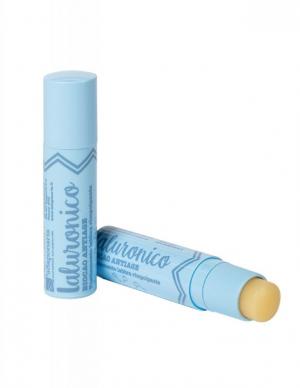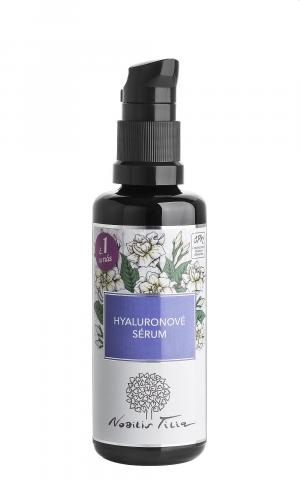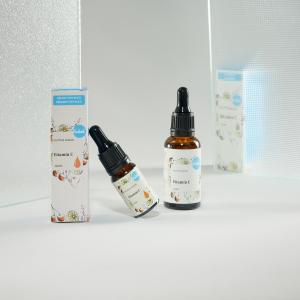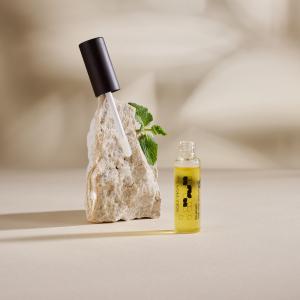Hyaluronic acid
Other names: hyaluronic acid, hydrolyzed hyaluronic acid
Harm score: 2 (Derivatives of natural substances)
Hyaluronic acid, also known as hyaluronic acid or hydrolyzed hyaluronic acid, is a naturally occurring polysaccharide that plays a key role in the hydration and protection of tissues and cells in the body. In addition, it is one of the main components of the extracellular matrix and plays an important role in skin regeneration and protection against the effects of free radicals. It is mostly found in the skin, eyes and joints.
Today, hyaluronic acid is becoming an increasingly popular ingredient in the cosmetic industry, especially for its moisturizing properties. It is the main ingredient in many face creams, serums, eye gels and face masks. These products are usually aimed at moisturizing and smoothing the skin, improving its elasticity and slowing down the aging process. Hyaluronic acid is also often included in injectable fillers, which are used to replace or replenish the natural hyaluronic acid in the skin and are designed to improve its elasticity and youthful appearance. In addition, it is also used in ophthalmology as a component of eye drops to relieve dry eyes or as an ingredient in injections intended for the treatment of osteoarthritis.
Hyaluronic acid can be found in the following products

Biocao lip balm with hyaluronic acid BIO (5,7 ml)
Product detail
Hyaluronic serum 50ml
Product detail
Nordic Berries Conditioner 180ml BIO, VEG
Product detail
Kvitok Facial Serum - Vitamin C (30 ml) - anti-aging effects
Product detail
Lip serum Hydration and plumping/Lip serum Plump and hydration 7 ml
Product detail